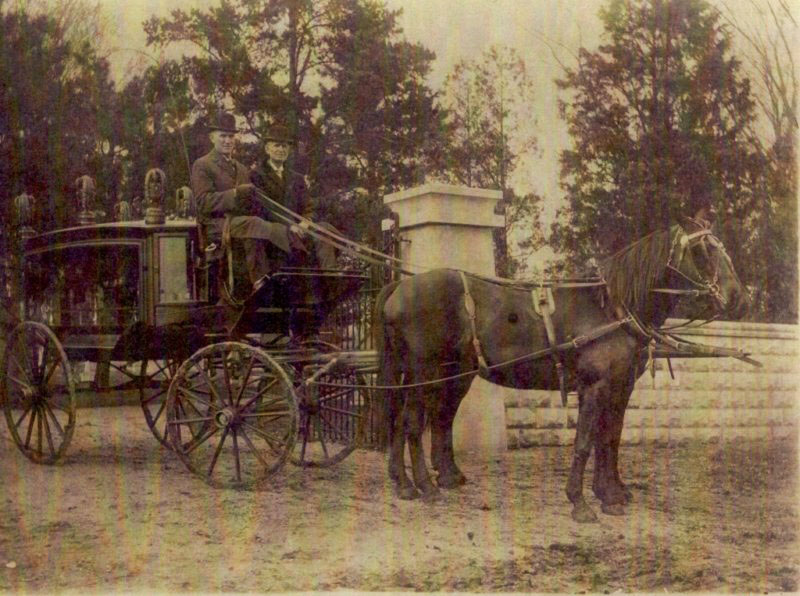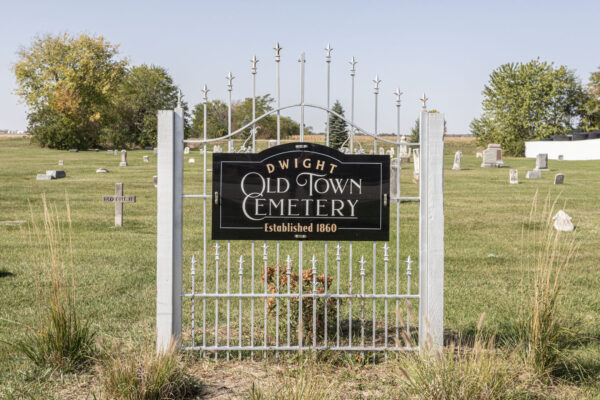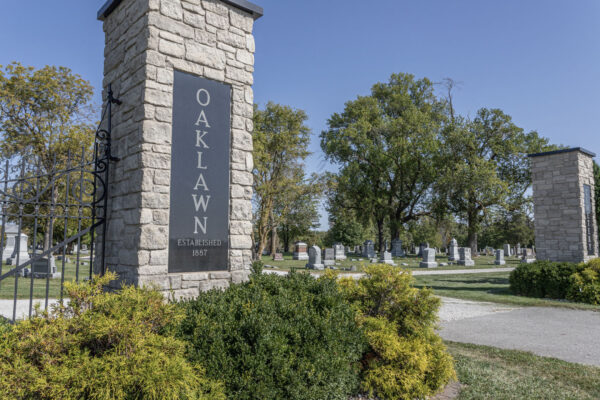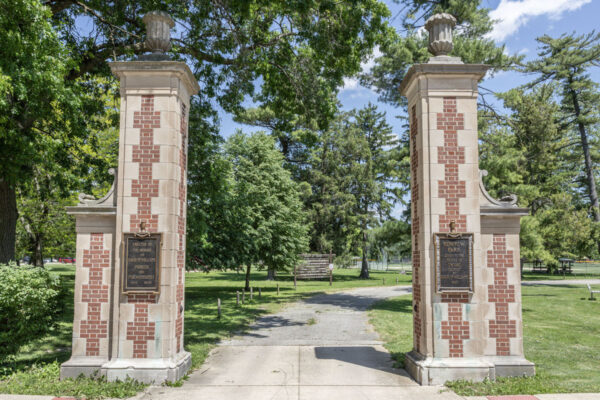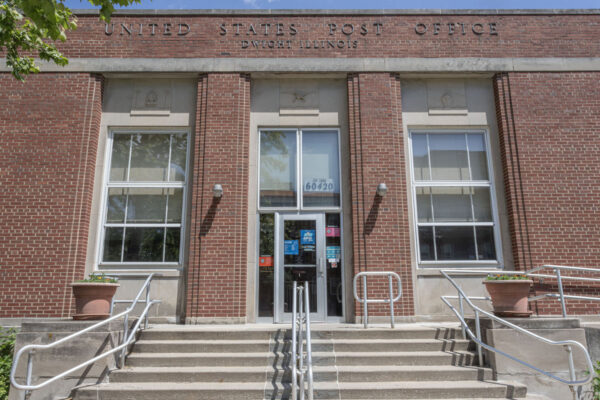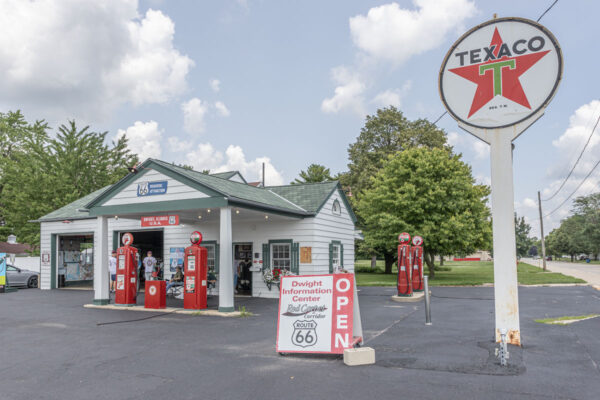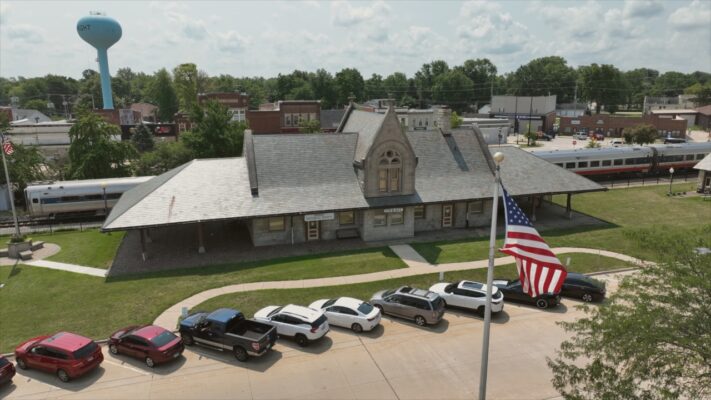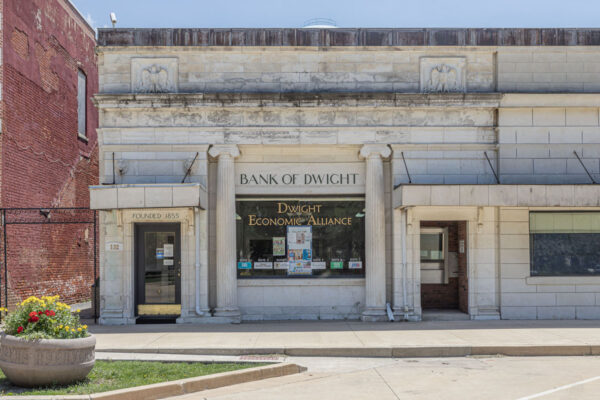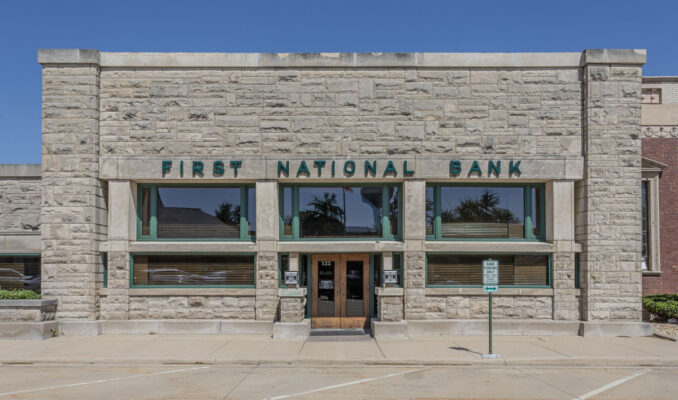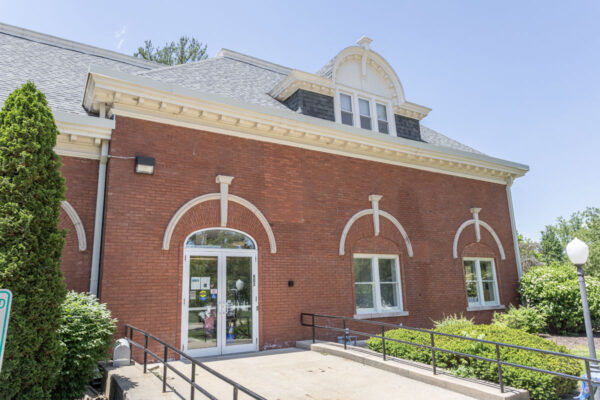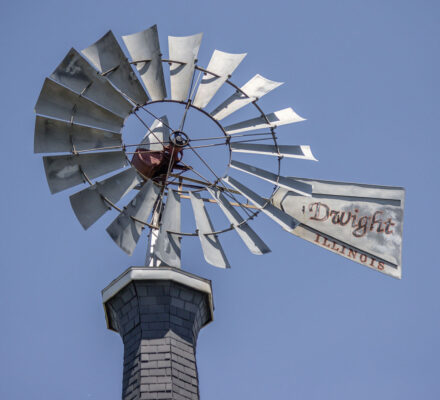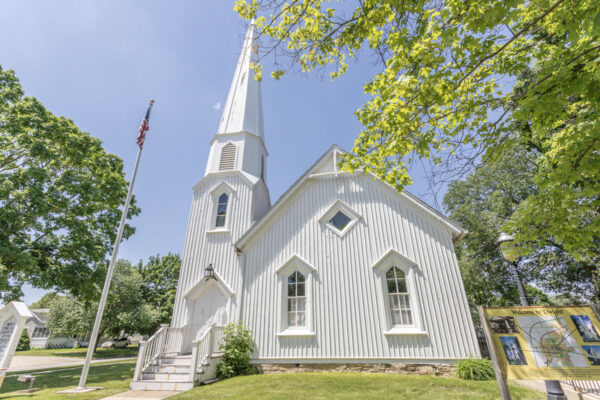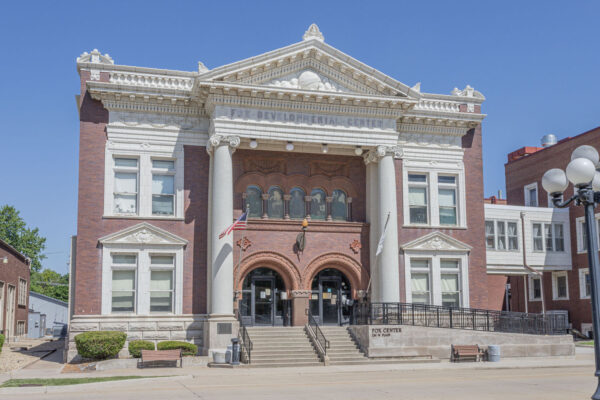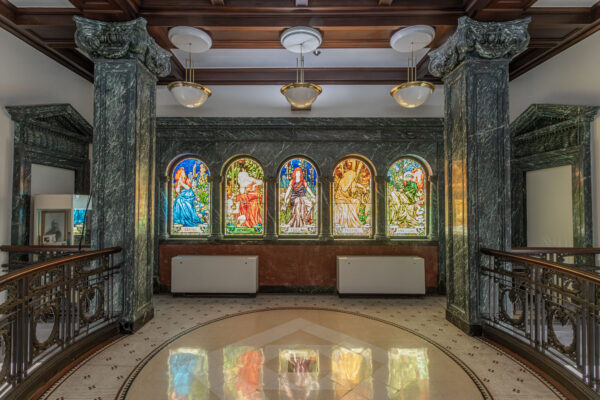Frank L. Smith House
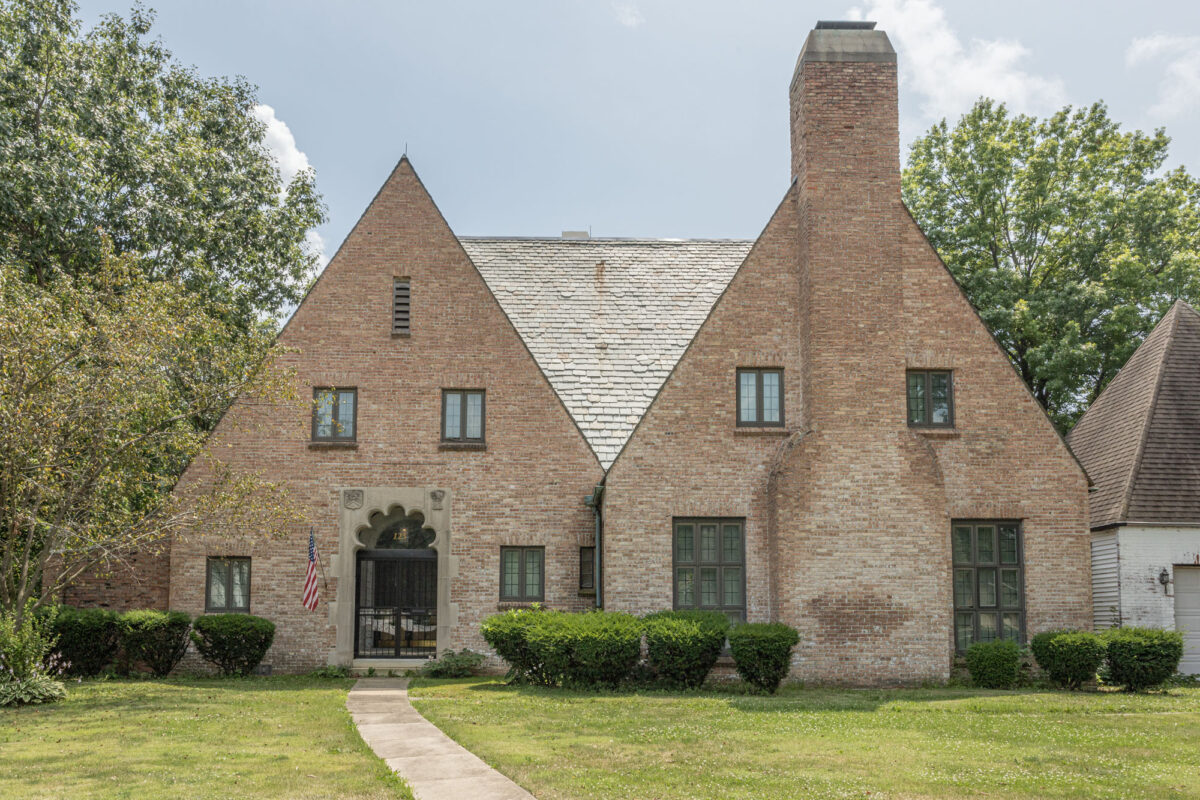
123 West Mazon Avenue
Smith, the founder and president of the First National Bank of Dwight, which opened its doors in 1906, was born in Dwight in 1867. He was educated in the Dwight schools and married his high school sweetheart, Erminie Ahern, in 1893. They extensively remodeled a Victorian into a Tudor style house beginning in 1925, using plans designed by architect Robert Seyfarth of Highland Park, Illinois.
As a child, Frank ran errands to make money and also sold peanuts at the railroad station. In 1886 (age 19 years), he began clerking for the Chicago & Alton Railroad in Dwight. He then moved to Chicago and clerked for the Rock Island Railroad. In 1891 he returned to Dwight to become a partner with his uncle, W.H. Ketcham, in the insurance business. He also started a real estate business after being approached by Keeley, Oughton, and Judd to invest their profits from the Keeley Institute during the “boom” years. His partner was Charles Romberger, an attorney (new in town), until 1902, when Romberger became manager of the Keeley. Romberger had a daughter, Emma, who married Smith’s wife’s brother, C.J. Ahern.
Frank was politically active from his first election in 1891, when he became precinct captain in Dwight, a position he held for the next thirty years. In 1897 he was appointed an honorary position on Governor Tanner’s staff, with the title of Colonel, earned by helping Tanner become nominated for Governor. In 1902, he was elected as a delegate to the National Republican Convention. In 1904, he was appointed to a federal job by Theodore Roosevelt: collector of Internal Revenue for the Springfield district. From 1904 to 1920, he was a candidate for office in every state-wide campaign. In 1926, he ran for the senate, won the election, but was never seated. In 1932, he was named Republican National Committeeman with the responsibility of managing President Hoover’s Illinois re-election campaign.
Frank was instrumental in re-routing Illinois Route 17 through Dwight; in leasing the Keeley Institute buildings on West Main Street for the Veteran’s Administration Hospital in 1919 and in the sale of the buildings in 1923 to the VA; in locating the State Reformatory for Women in 1929 and in helping his wife establish the Dwight Public Library. He was also instrumental in developing the Dwight Country Club and Golf Course of which he was the first president.
_______________
